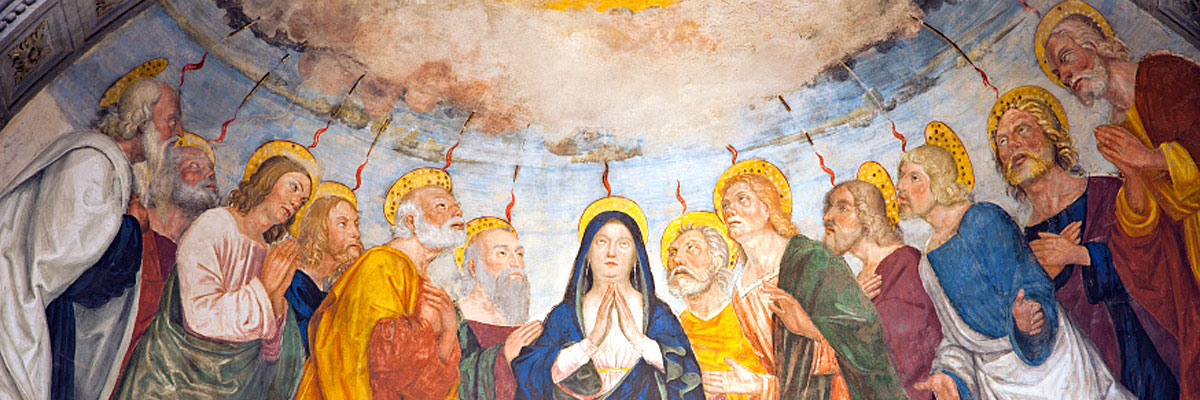
Understanding Our Church
A Treasury of Arkansas Writers Discussing the Catholic Faith
Official Website of the
Catholic Diocese of Little Rock
As Church honors Mary, it’s a good time to reflect on her holiness
Published: September 6, 2003
By Father James P. West
At this time of the year we move through something of a season of Mary, which actually began with the celebration of her assumption into heaven on Aug. 15. One week later we celebrated the queenship of Mary.
On Sept. 8, the Church will celebrate her nativity, wisely placed on the Church calendar nine months to the day following the celebration of the Immaculate Conception — the date when she was conceived without the stain and corruption of original sin.
In October, the Church will celebrate the feast of Our Lady of the Rosary and will continue to honor Mary as queen of the rosary throughout the month. This is, therefore, a great time of year for us to consider anew the unique role Mary played in the history of salvation and to look for every possible way to incorporate her virtues into our everyday lives.
Hopefully, we have heeded the pope’s call in this soon-to be-concluded Year of the Rosary to focus our attention on the various ways in which Mary placed herself completely in the service of God and continues to do so. The Church fulfills the words of Mary in the Gospel of St. Luke that all generations to come would call her blessed.
We, the children of the Church, must look to her each day for the guidance and the consolation that we need as we make our own way through this “valley of tears.”
The dogma of the Immaculate Conception helps us to see that in Mary God was creating humanity anew. As both Adam and Eve had been created by God filled with his sanctifying grace, now Mary enjoys that privilege as well.
The spotless human nature she received in her Immaculate Conception was given to her that she might, in turn, give it to her son, when at the Annunciation humanity and divinity would become inseparably and forever joined in the sacred womb of Mary.
Unlike Adam and Eve, Mary does nothing to destroy or even damage that grace through the commission of sin.
The attitude of service we see so easily in Mary manifests itself in her actions immediately after her encounter with the angel Gabriel at the time of the Annunciation. Having been told she now would carry within herself the Son of God, she set out in haste to care for her elderly cousin Elizabeth and for three months remained in that home.
The lowly handmaiden of the Lord becomes the handmaiden of Elizabeth as, indeed, she willingly made herself the handmaiden of all of humanity in offering her divine son to the world as its only hope for salvation.
The complete lack of self-concern we see in Mary, her total desire to serve others rather than herself, remains a stunning example to all of us of what it truly means to be a follower of Christ.
In an age of such unbridled self-interest, the world can only benefit by holding before our eyes the shining example of the lowly maiden of Nazareth, who in her simplicity and generosity of spirit has become truly great in the eyes of God.



